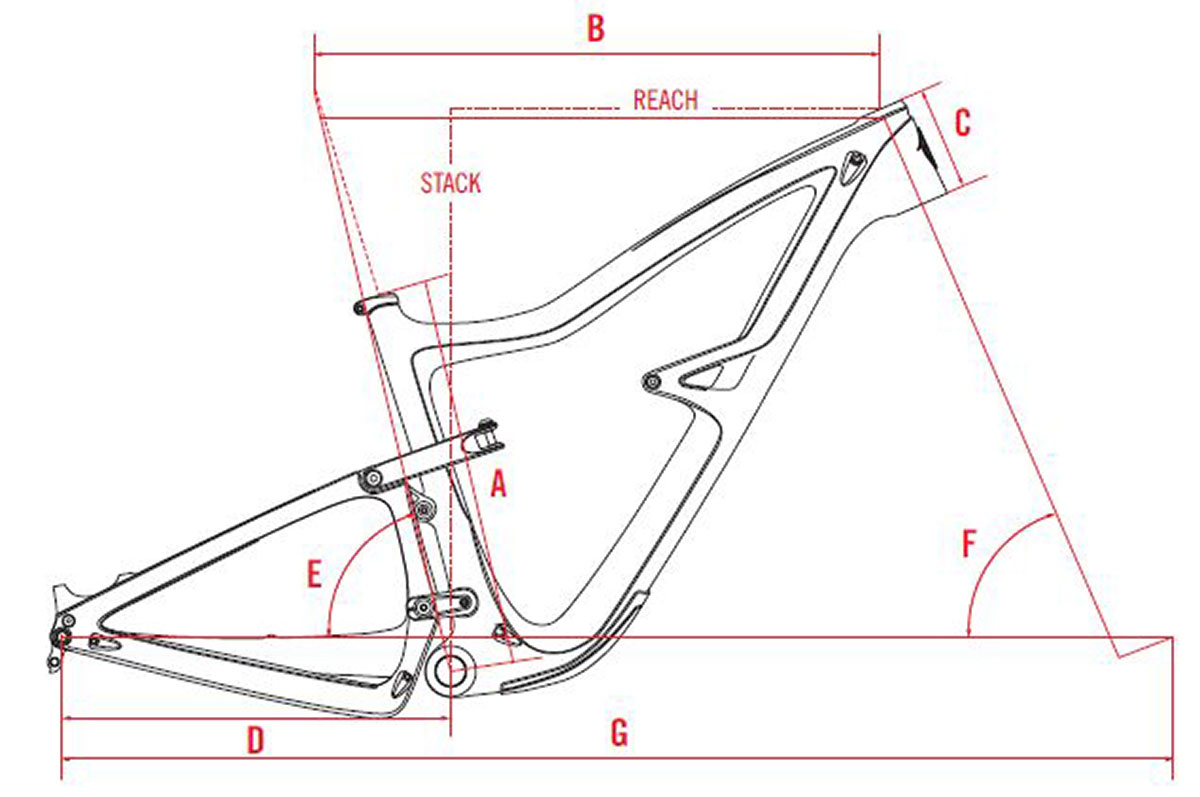We know, there’s no such thing as a stupid question. But there are some questions you might not want to ask your local shop or riding buddies. AASQ is our weekly series where we get to the bottom of your (and our) questions – serious or otherwise. This time it’s all about measuring full suspension mountain bike geometry! Hit the link at the bottom of the post to submit your own question.
When you’re about to shell out several thousands of pounds on a new full suspension mountain bike, you might spend an unfathomable amount of time poring over bike geometry charts. Is the seat tube angle steep enough, how big a dropper post can I fit to it, is the head angle slack enough, are the chainstays long enough and will they give me enough tire clearance for a 2.5” WT tire caked in slop?
Ibis: There is no industry standard for measuring geometry, only conventions. Some aspects of geometry are well defined and straight forward, like stack and reach, and others can be a little different between companies.
Mountain bike geometry is generally measured at top out for consistency. We do state which tires are used for calculating BB height but calculate it with the tires uncompressed, again for consistency.
The measurement that seems to have the most variation these days is effective seat angle. Some companies, when offsetting a seat tube for clearance, pivot the seat tube at the stack height. Their measurement doesn’t take saddle height into account. That’s how you end up with frames where tall people feel like the frame has a much slacker effective seat angle than claimed.
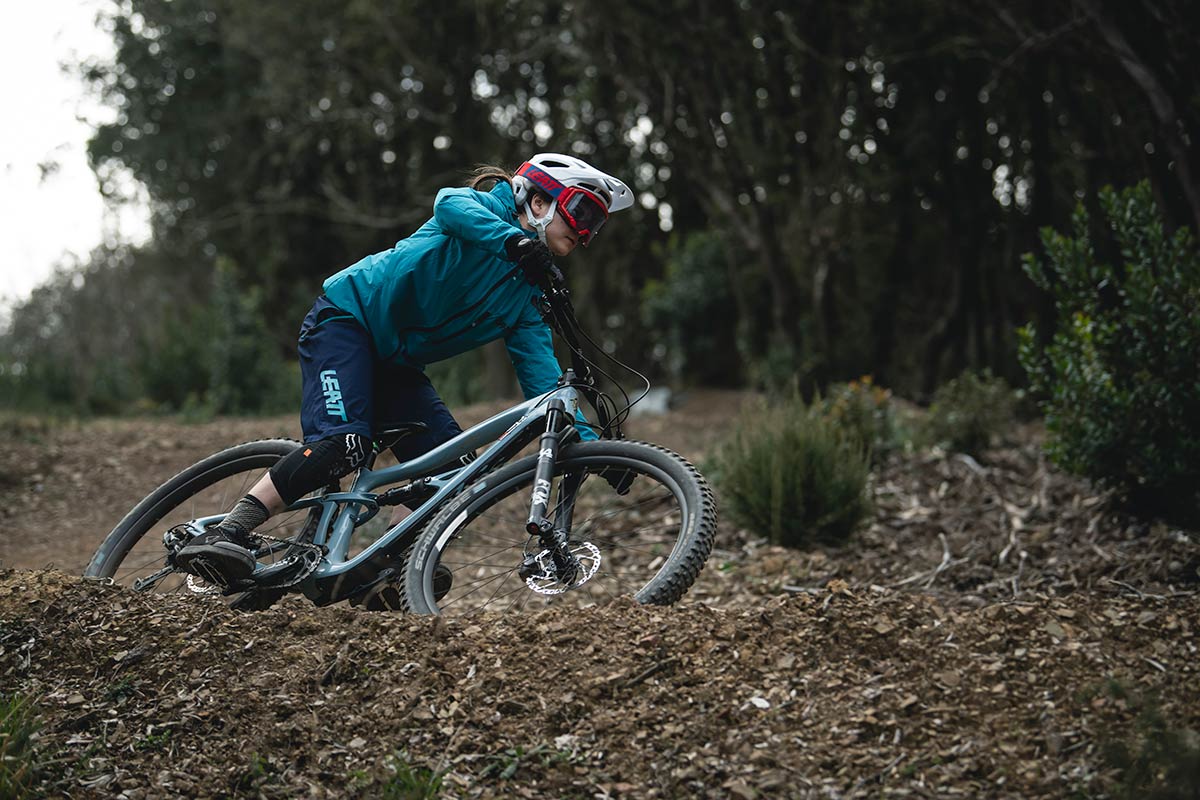
Spot: The primary function of the mountain bike geometry chart is to serve as a comparison tool. In order to add as much value to the comparison as we can, we present direct, raw numbers as though you measured the bike in your workshop without someone sitting on it.
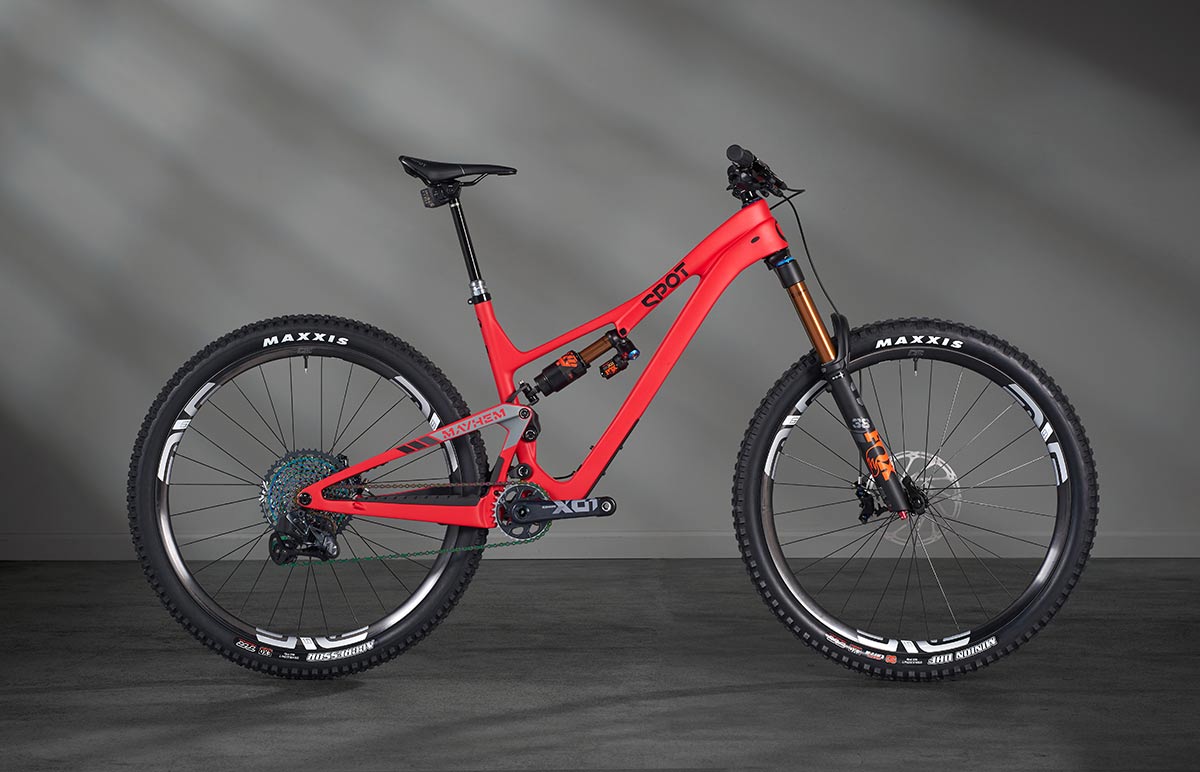
Bike manufacturers don’t subscribe to a “standard” by which geometry numbers are published, or even how they are measured for that matter. But the convention is to report geometry numbers unsagged – as we do. The reason for this is to reduce the number of variables a potential customer has to juggle when deciding on their next new bike.
Sag is a variable which describes a range. If we recommend 25-30% rear suspension sag and choose to refer to a sagged bike in our geometry charts, now we have to report a range for every angle and dimension.
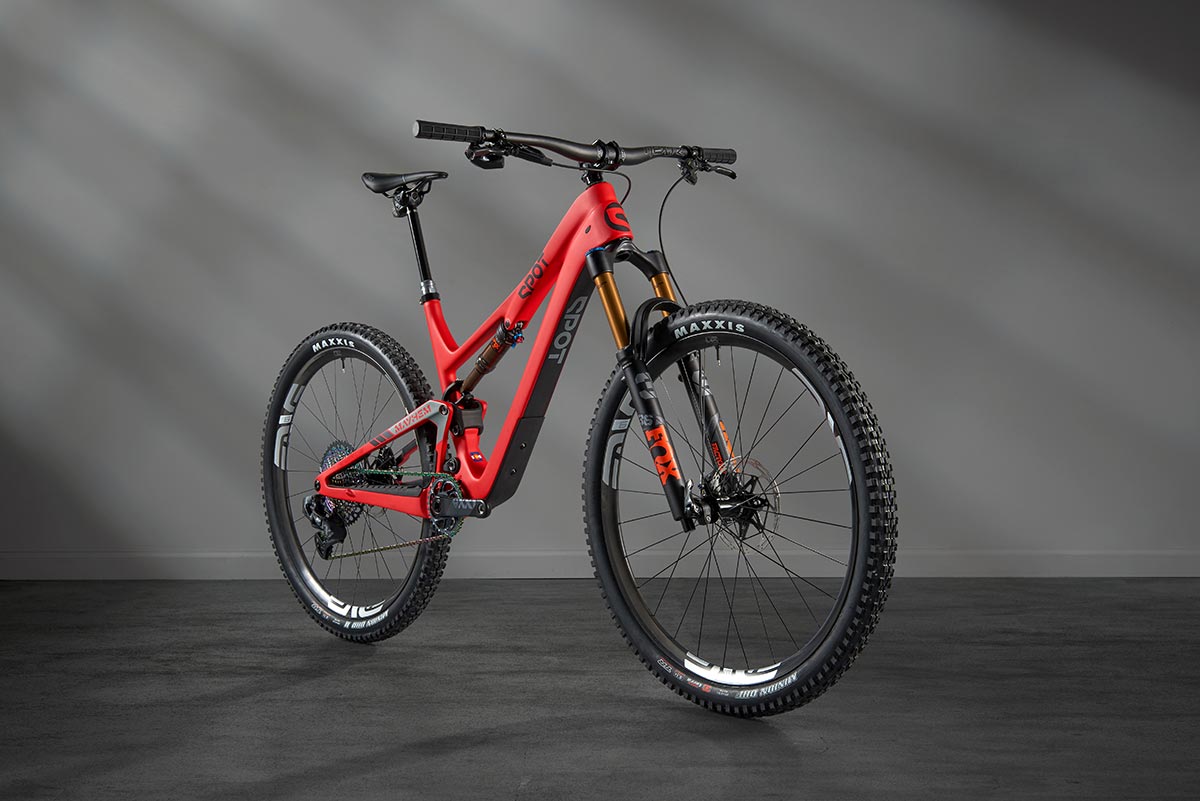
But wait, the fork sags too. How much depends on how the rider tunes their fork to ride, and where their personal center of gravity combined with the bike’s center of gravity act to compress it.
So now we have compounding ranges, and the geometry chart becomes multi-dimensional. It’s a good thing no one takes it this far – it would be extremely tedious to make meaningful comparisons. Deciphering a conventional geometry chart, then painting an accurate mental picture of how that geometry will ride is a tall order even for an advanced bike nerd.
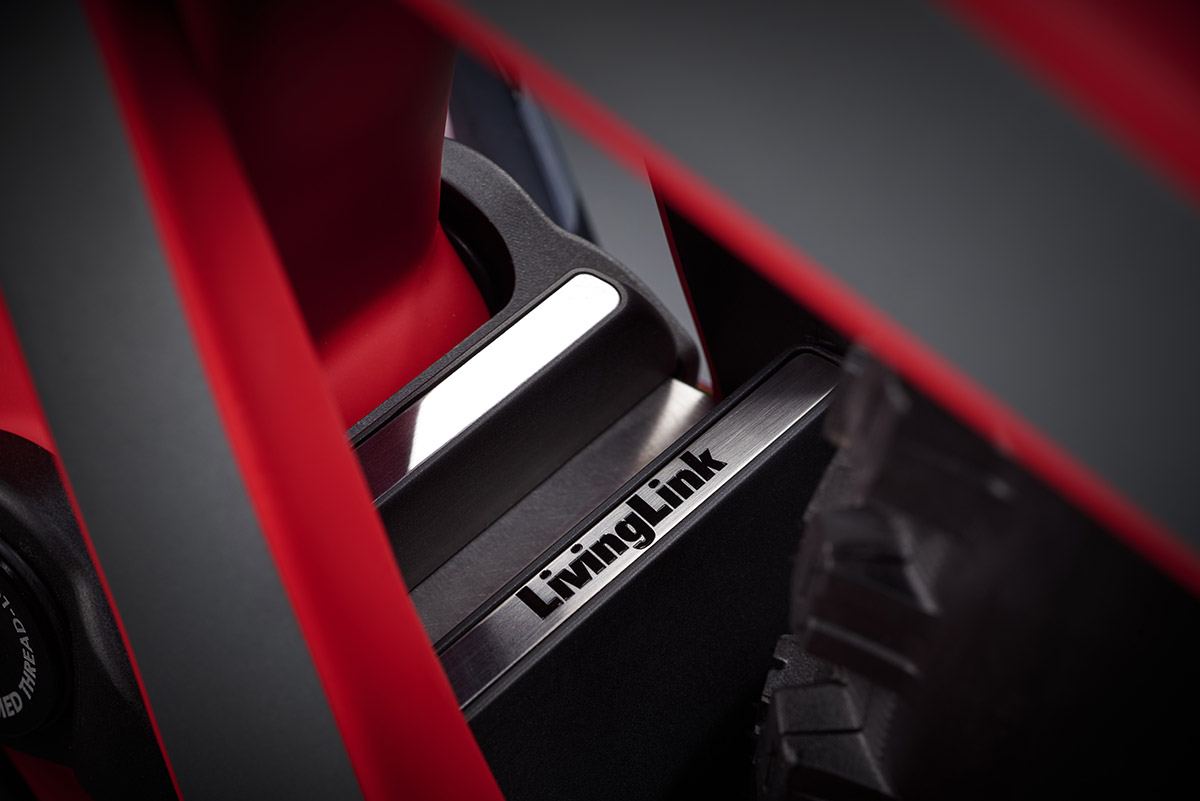
We specify our geometry considering the bike built to the stock spec, tires included. When there are multiple tire size options or fork travel options, we publish those.
One subtle difference in geometry that has been coming to light in recent years is the comparison between effective seat tube angle and actual seat tube angle. On suspension frames, and hardtails where the axis of the seat tube does not intersect the axis of the bottom bracket, there are two angles to consider.
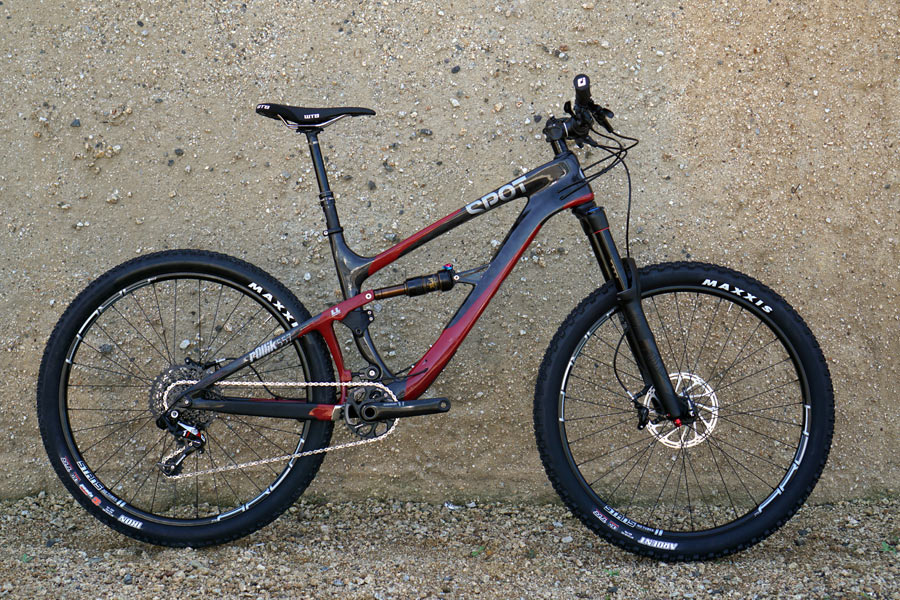
Back in 2016, we launched our first suspension bike, the Rollik 557, with a 76° effective seat tube angle. Considered radical at the time by many reviewers, we were the first to reach 76° on a production bike. But, the effective angle doesn’t tell the whole story as to why this felt so different back then.
In order to make room for the rear tire to swing through its travel, typical suspension bikes must offset the seat tube axis forward of the bottom bracket axis. This is most extreme in long travel 29ers with short chainstays, and results in a significant deviation between effective seat tube angle (virtual) and actual seat tube angle (real).
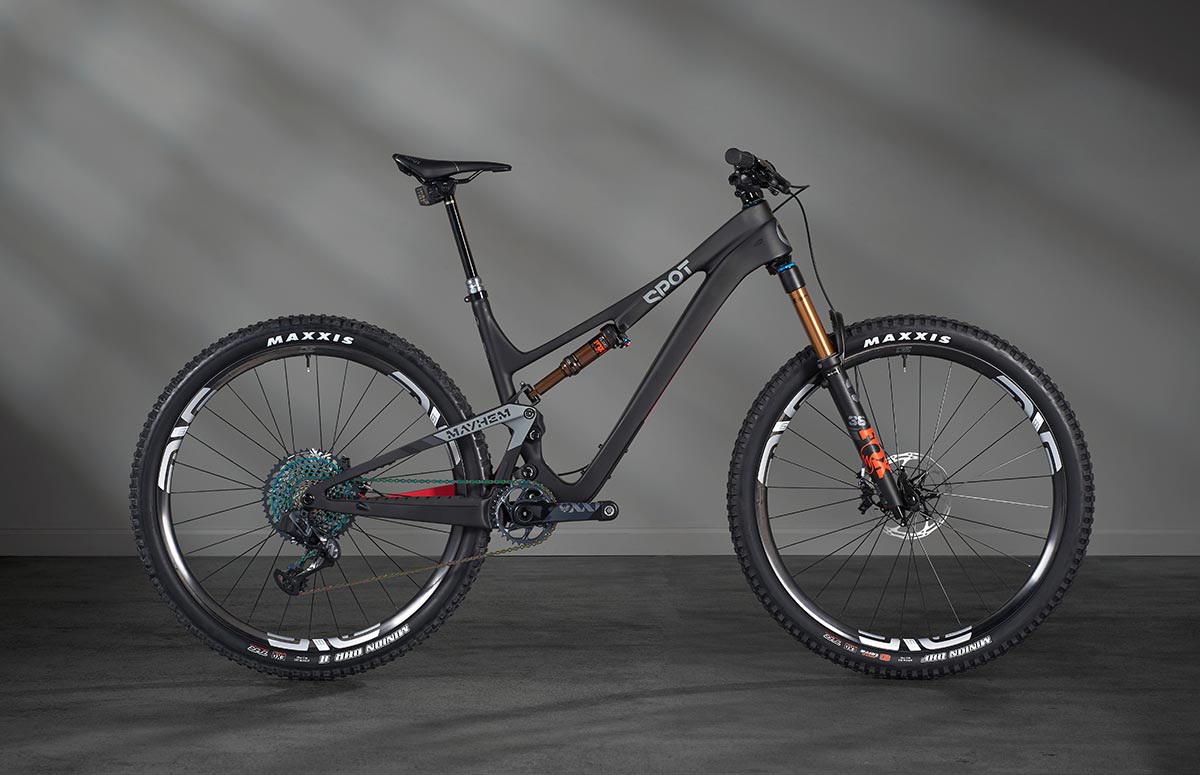
It is high priority in our design process to keep the actual seat tube angle as close to the effective seat tube angle as possible. When a steep effective seat tube angle is paired with a slack actual seat tube angle, a tall, or long-legged rider will feel the drawbacks of that slack actual seat tube angle. We want to eliminate the “behind the bike” feel on the climbs for all riders, not just the middle of the bell curve.
It’s important to know whether the 78° effective seat tube angle frame will sit you farther back than the 76.5° effective seat tube angle frame. There are plenty of cases out there where something like this could be true.
As of now, there is no accepted method to normalize these numbers between frames. Most suggestions simply amount to measuring the effective seat tube angle at a point higher than the one we use now, the top center of the head tube.
Conventional geometry charts put the burden of this determination on the customer, or even worse, some don’t even publish the actual seat tube angle. We always publish this number, as we work pretty hard to make it favorable!
Modern mountain bike geometry has evolved to favor a binary winch up, bomb down riding style. Steep seat tube angles put the rider in a comfortable, powerful position for gaining vert and dispatching technical challenges.
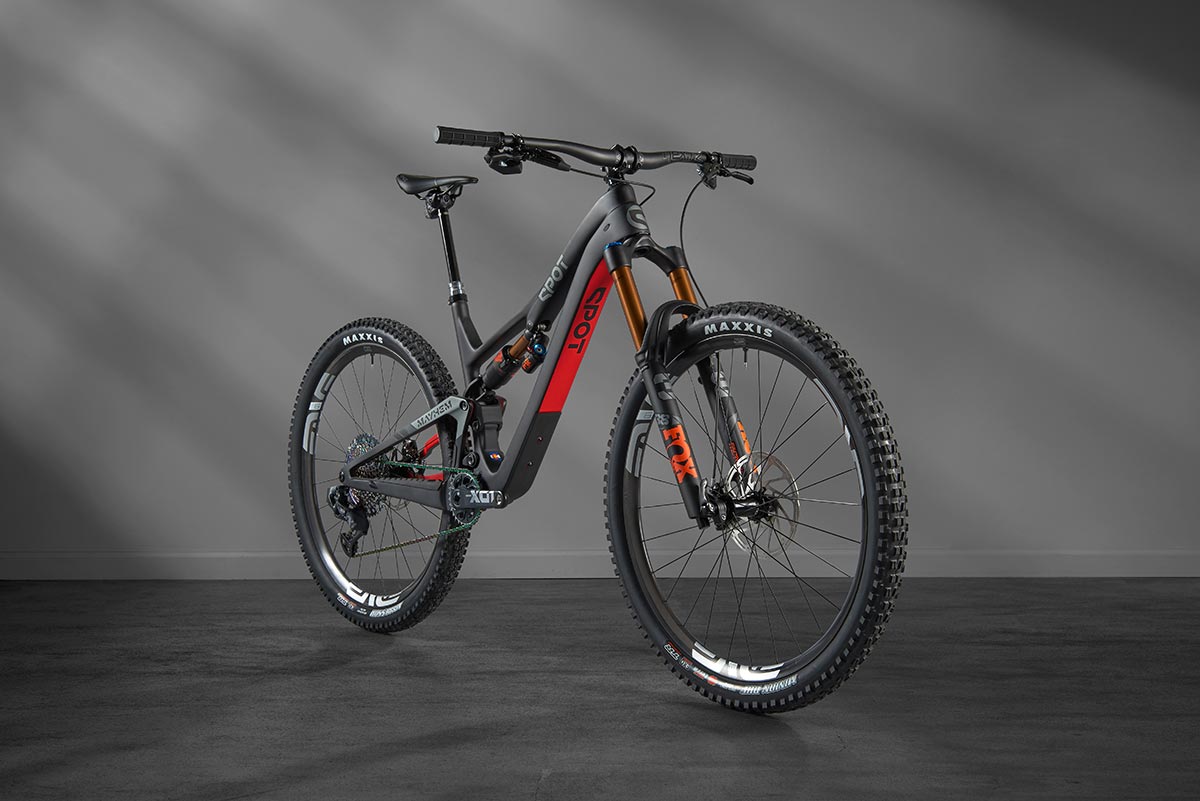
On the flip side, slacker head tube angles increase fun and confidence on descents. In the middle, mountain bikes are getting longer. The trend of ever increasing reach on trail bikes has the effect of sacrificing agility, in every climbing and descending situation, for improved stability at high speeds.
Long bikes benefit some riders in some riding locales, but we don’t see it as a panacea. A moderate length reach, combined with excellent suspension kinematics and well tuned frame and wheel flex/damping response will yield plenty of stability, without sacrificing your chance to correct your line for that surprise rock in a blind corner. A number of top EWS pro riders use shorter bikes because they deliver faster times!
Cotic: We get asked this a fair bit, because we list our droplink suspension bikes static, but our hardtails at ride height (i.e. with sag on the fork) in our geometry tables. There’s a couple of reasons for this.
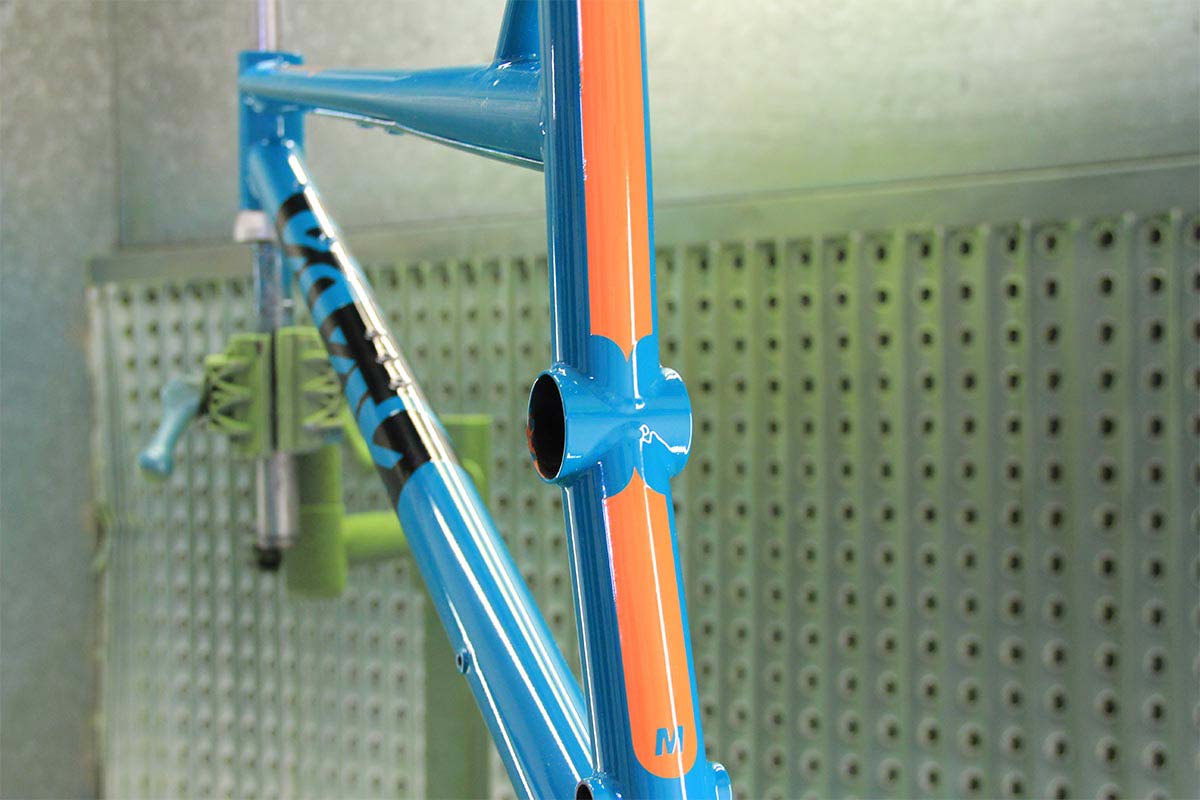
Firstly, because we’re a direct to consumer brand, our geometry charts carry more weight than perhaps a shop bought bike might. This is because, particularly at the moment, we can’t offer a demo. We have to balance what we think will be most representative of the bike to the consumer, versus how easy it is to compare across other brands.
We choose to list the droplink bikes static for three reasons: 1) because all other brands do, so it’s a little bit easier to compare across brands, and 2) because they sag front and rear (albeit to slightly different amounts), the static geometry does bear some resemblance to the dynamic geometry. 3) Dynamic geometry is changeable due to rider preference much more than on a hardtail.
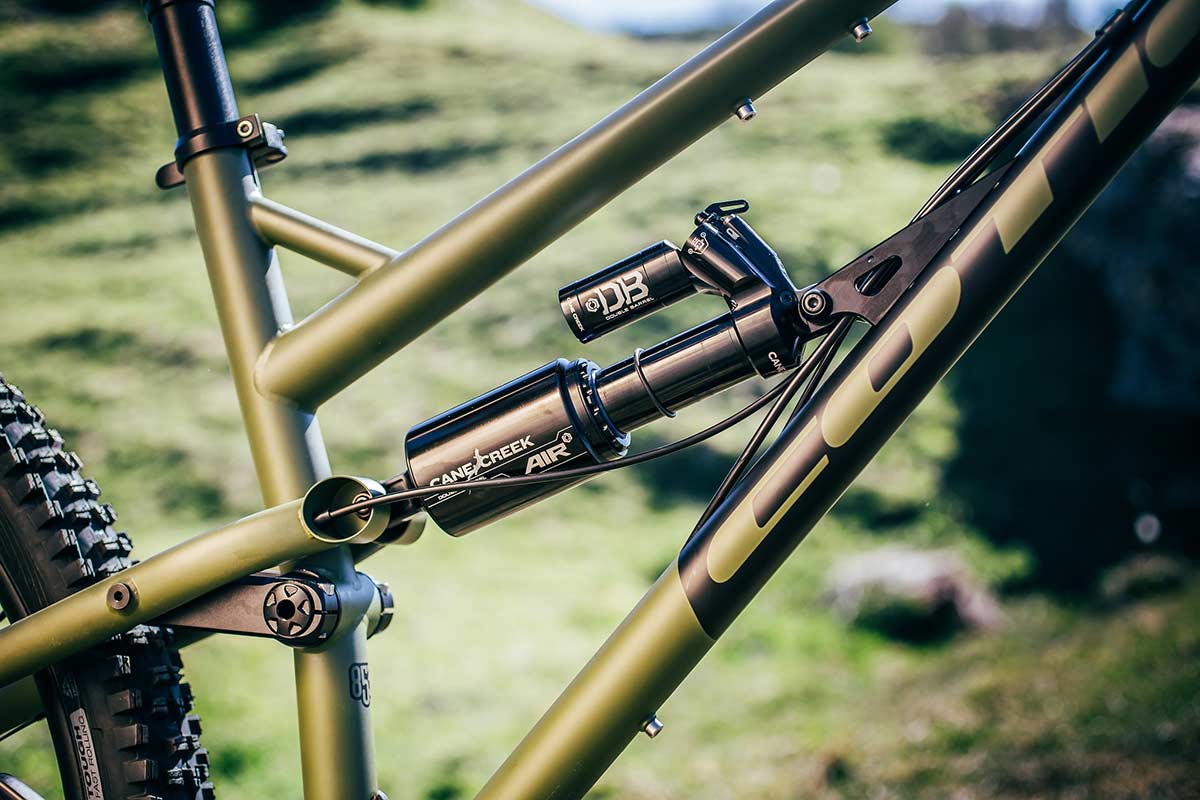
Setting up a shock with 15mm sag and not 17mm sag can make nearly 1 deg difference in angles and several millimetres of BB height. Fork setup varies a lot too. This means that the ‘dynamic’ geometry is kind of a myth. Mine will be different to yours will be different to the next rider’s. Stating static geo limits the variables and helps comparison.
We choose to list the hardtails at ride height because with only the fork to sag, the static geometry tells a consumer pretty much nothing about how that bike will ride. It’s completely useless as a decision making tool.
By using ride height and stating how much sag we are assuming, a Cotic customer can see that the angles listed are what they will actually experience (give or take a few 10ths of a degree), and if they have some experience with other bikes they will have at least some level of feel for what to expect in terms of handling.
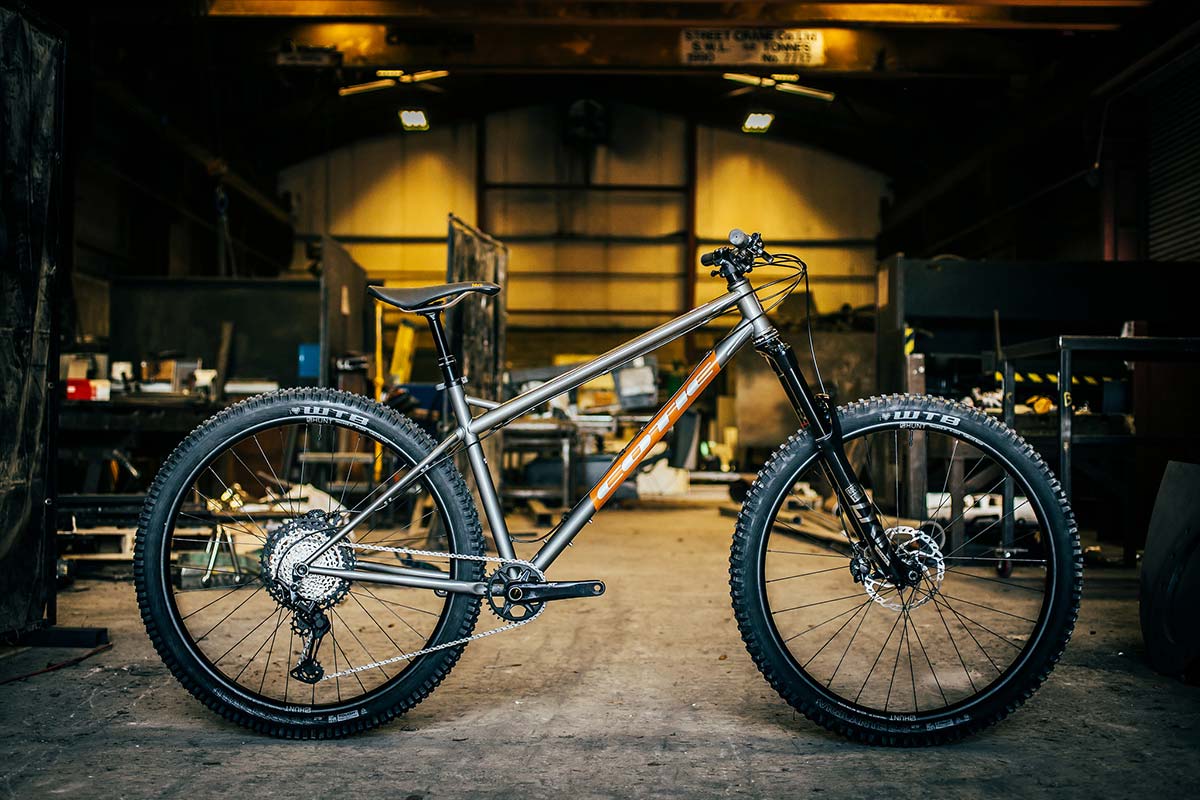
For instance, the BFeMAX runs at a 65° head angle with a sagged fork, but while static the head angle is 63.5°, and the BB seems ridiculously high at only 48mm drop. The static angles tell you absolutely nothing about how the bike will feel if you have any level of intuitive feel for other bikes.
The only way stating dynamic geometry would be useful to riders is if there was some kind of industry standard way of doing it, or at the very least a commitment from a majority of brands to change the way they do it by a certain date in order that potential customers are always comparing like with like as far as is practicable.
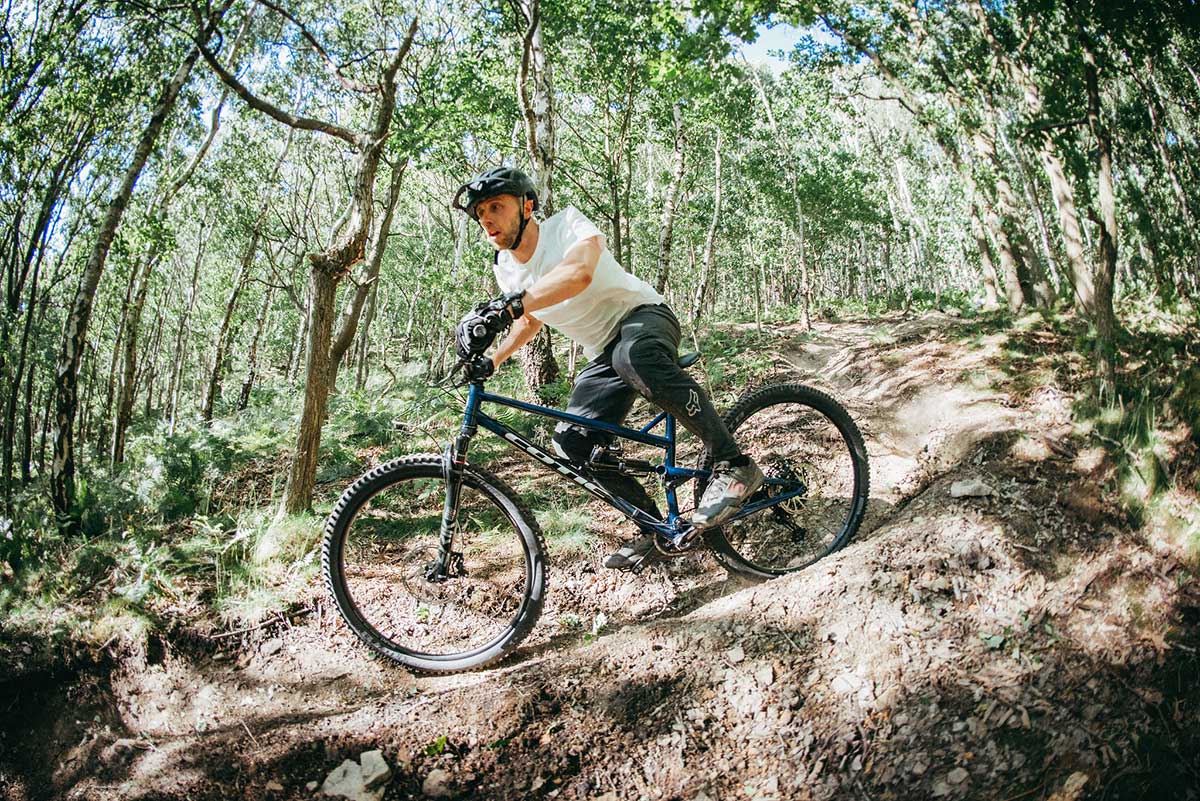
Ultimately, how we state mountain bike geometry is just one tool – albeit a relatively powerful one – to explain to our customers what our bikes are all about. Would a RocketMAX be more attractive to certain riders because the dynamic head angle is 63°, when the static is 63.5°? I’m not sure it would, especially if the other brands under consideration are stating static geometry.
So long as the whole industry is doing this fairly consistently, how we measure it is almost a moot point. The key is that we’re presenting similar data across brands so people can make as informed a decision as possible.
Regarding the other variable, we always assume tyres are the same diameter, and our experience with WTB – our main tyres supplier – is that this is correct within a couple of mm.
Thank you to Andy Emanuel (Engineer) and Andrew Lumpkin (CEO) of Spot, Colin Hughes (Engineering Manager) of Ibis Cycles, and Cy, the founder of Cotic for contributing to this week’s Ask A Stupid Question.
Got a question of your own? Click here to use the AASQ form to submit questions on any cycling-related topic of your choice, and we’ll get the experts to answer them for you!

